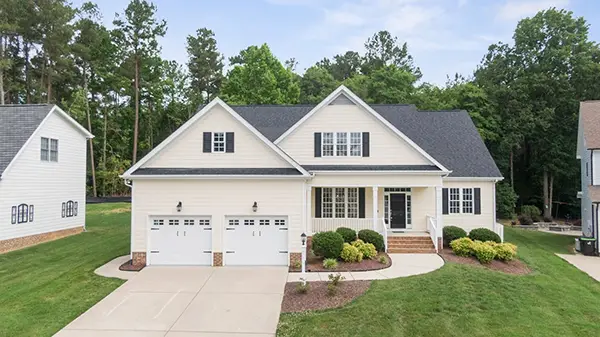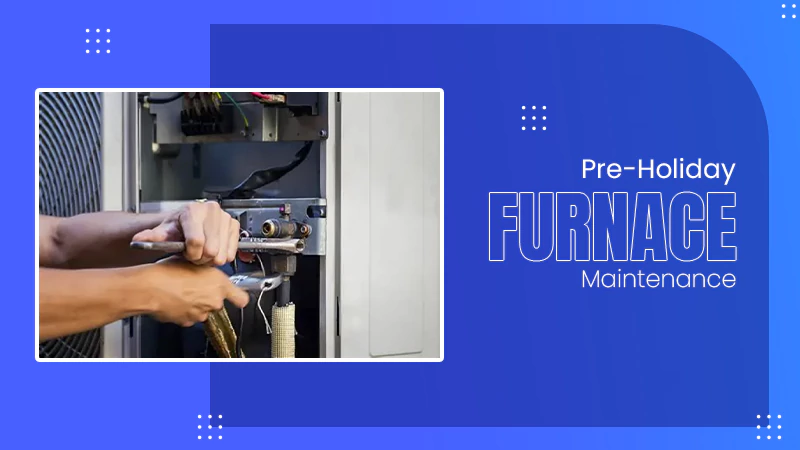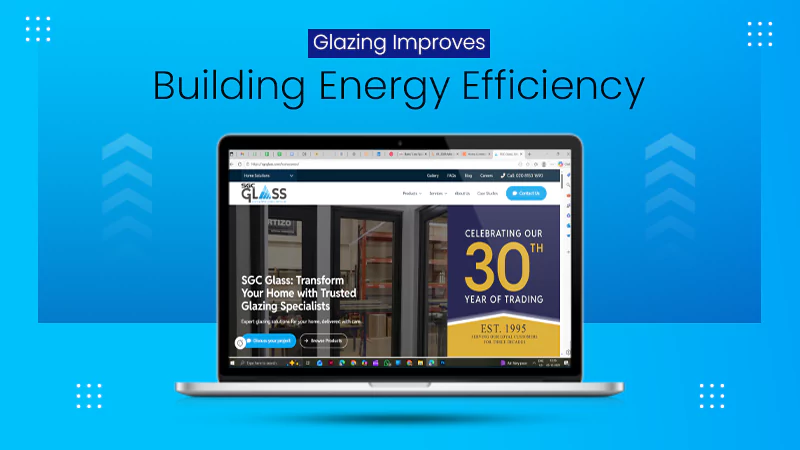
A well-cared-for living environment can make daily life smoother and more enjoyable. Over time, things start to wear down, like walls scuff, paint chips, appliances run slower, and cooling systems may stop keeping up with the weather. When comfort starts to fade, it’s often because small problems have added up. Some of the most important systems in your house may not show obvious signs right away, but ignoring subtle changes can lead to bigger issues. Staying ahead of repairs and knowing when it’s time for an update helps create a more livable place without the stress of big surprises.
Here’s how you can keep your home in top shape:
Start with Regular Walkthroughs
Walking through your place every few weeks helps spot early signs of wear. Look for things like water spots on ceilings, cracked caulk around tubs, or flickering lights. Check around doors and windows for air leaks, and notice if anything feels drafty or damp. These quick checks give you a chance to act early, before small issues grow into major problems. Use a simple checklist and track changes over time. It’s not about being an expert. It’s about staying aware.
Know When It’s Time to Replace Your Cooling System
Your AC should run quietly, blow strong air, and keep the rooms at a consistent temperature. If you’re feeling hot spots, hearing strange sounds, or noticing a musty smell when the unit kicks on, those could be warning signs. There are some key signs to watch for when evaluating your cooling equipment. If your energy bills are climbing and your unit struggles to keep up, especially during warm months, these may be signs its time for a new air conditioner. Older systems can also overwork themselves, leading to more frequent breakdowns. You should hire professional contractors for an inspection. They can check for ice on the coils, pooling water near the base, or a system that cycles off and on too often. Paying attention to these changes helps avoid emergencies and ensures your place stays cool when it matters most.
Upgrade to Energy-Saving Appliances
Outdated appliances often use more power and work less efficiently. Replacing them with newer models can lead to better performance and lower bills. Look for Energy Star ratings when shopping for new dishwashers, ovens, or laundry machines. In some cases, switching to smaller, high-efficiency units can save space and improve workflow in the kitchen or laundry room. If you’re not ready for replacements, even small actions, like cleaning refrigerator coils or running full loads only, can improve performance.
Improve Draft Control and Insulation
Temperature shifts inside the home often stem from poor insulation or air leaks. Start by sealing obvious gaps around windows and doors with foam tape or weather stripping. If rooms feel cold even when the heat is on, the attic or crawlspace might need more insulation. A basic check with an infrared thermometer or thermal camera can help find problem areas. Better sealing also helps reduce dust and pollen, improving air quality along with comfort.
Refresh Common Areas with Low-Cost Updates
Sometimes, a few simple changes can make a living space feel more welcoming. Repainting walls, changing cabinet hardware, or updating light switch covers can give rooms a cleaner look without big costs. Swap outdated light fixtures for LED options that are both brighter and more efficient. In high-traffic areas like kitchens and entryways, replace worn floor mats or add washable area rugs to protect floors and improve comfort.
Inspect Water Lines and Fixtures Regularly
Minor drips and slow leaks can quietly waste gallons of water and lead to damage if not addressed. Instead of waiting for visible signs like wall stains or buckled flooring, check beneath sinks, behind appliances, and around laundry units monthly. If you hear unusual sounds in the pipes or notice inconsistent water pressure, don’t ignore them. Replace worn-out washers, tighten loose connections, and consider upgrading to low-flow faucets or showerheads for better efficiency. These basic steps help prevent larger water-related issues later.
Revisit the Condition of Exterior Surfaces
Seasonal shifts can wear down surfaces like siding, shutters, and paint. Look for cracks, fading, or peeling, especially in areas exposed to sun or moisture. Cleaning exterior walls with a pressure washer can make them look newer without a major investment. For older paint jobs, touch-ups or a full repaint might be necessary to prevent long-term wear. Instead of always relying on a contractor, smaller patches and sanding projects can be done with simple tools and some patience.
Update Lighting for Better Efficiency and Comfort
Lighting plays a huge role in how a space feels and functions. Swapping older bulbs for energy-efficient LEDs lowers electricity costs and reduces heat. In places like hallways, staircases, or kitchens, brighter lighting adds both safety and convenience. You can also install dimmers or smart bulbs to give more control over brightness and mood. When possible, increase natural light by rearranging furniture or using lighter curtains to let sunlight in.
Clean and Check Heating Equipment Before Winter
Don’t wait for a cold snap to realize your heater isn’t working properly. Clean filters every month during the season and schedule a basic inspection before heavy use begins. Listen for strange noises or notice if rooms heat unevenly. These could be signs that parts need cleaning or adjustment. Even if your furnace seems fine, a routine tune-up each year helps avoid problems later and keeps things running more efficiently.
Regular home upkeep is essential for maintaining an energy-efficient environment that not only improves comfort but also reduces your monthly energy bills. By staying on top of tasks like air conditioning maintenance, sealing leaks, and upgrading to energy-efficient appliances and windows, you can create a home that consumes less energy and provides more savings over time. Each small effort, whether it’s adjusting thermostat settings or cleaning filters, adds up to significant long-term benefits. Take proactive steps today to ensure that your home remains energy-efficient, and you’ll enjoy both a more comfortable living space and lower utility costs for years to come.






